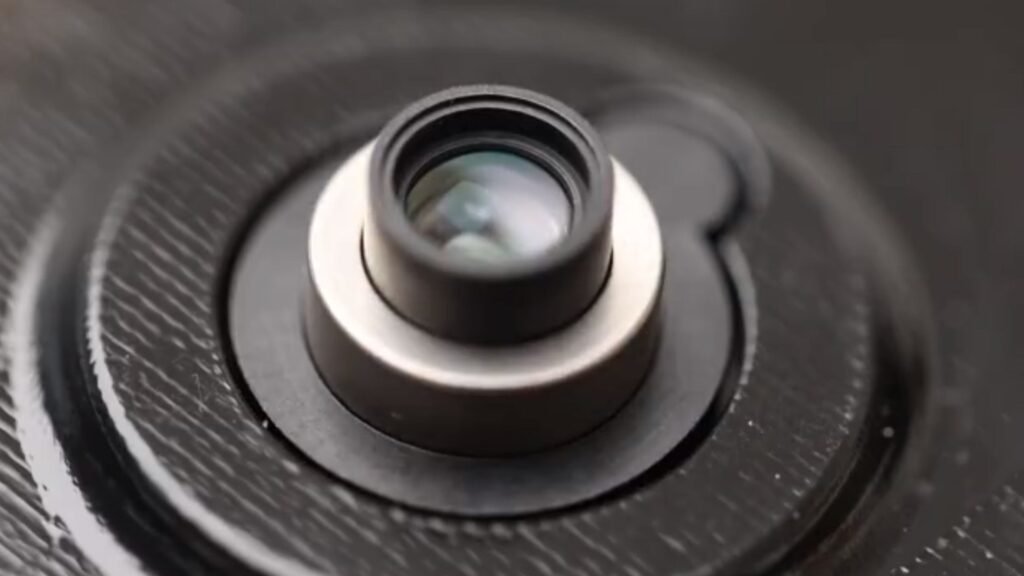Together, Xiaomi, Huawei, Honor, and Oppo develop a new HDR image standard

It appears like in the imaging industry, Xiaomi is trying to develop its name beyond hardware. The company is quite famous for its advanced camera hardware that is a part of Xiaomi’s smartphones. Reportedly, the company is now working on a new HDR image standard.
A project named “High Dynamic Range (HDR) Still Images Part 2: Single-Layer Format” was recently accepted by the World Ultra-HD Video Industry Alliance (UWA Alliance). The project’s main goal is to develop a single-layer format for HDR still photos. Together with the China Electronics Technology Standardization Institute, Huawei, Tencent, OPPO, and Honor, Xiaomi is leading this endeavor.
Notably, the project will complete later this year. It will establish a standard framework for HDR image handling. It has received certification from UWA Alliance. According to details, the project outlines two different standards: single-layer and double-layer for HDR still image formats.
Standard Dynamic Range (SDR) and high dynamic range (HDR) are combined in the double-layer format, however HDR is the only feature in the single-layer format. The Alliance claims that the dual-layer HDR distribution format is almost finished and ready for quick approval and delivery.
Xiaomi is currently working to reduce the time consumption of the single-layer distribution format. UWA has outlined several benefits of single-layer HDR images like it can capture HDR images without the requirement of additional SDR content. Users won’t be required to adjust the SDR part since editing is quite efficient. The compression efficiency is high that saves storage space and transmission bandwidth. Personal information can be erased on an individual basis while sharing HDR images.
When finished, the new standard is supposed to specify the single-layer HDR image distribution format. It includes instructions for creating, modifying, sending, and viewing single-layer HDR photographs in addition to metadata, image formatting, and HDR to SDR conversion.
Research Snipers is currently covering all technology news including Google, Apple, Android, Xiaomi, Huawei, Samsung News, and More. Research Snipers has decade of experience in breaking technology news, covering latest trends in tech news, and recent developments.









